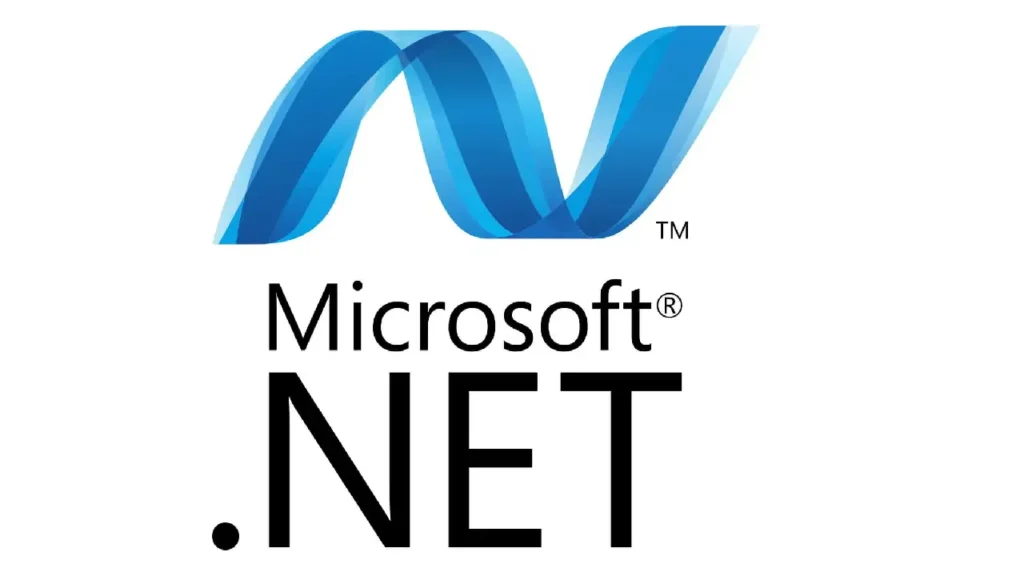Savitribai Phule Pune University
T.Y.B.B.A. (Computer Application)
Semester IV
Course Code: CA-602 Subject: Dot Net Framework
Choice Based Credit System Syllabus To be implemented from Academic Year 2020-2021
Course Contents
Chapter 1 Introduction to DOT NET FRAMEWORK
1.1 What is Framework?
1.2 Architecture of Dot Net Framework
1.2.1 Common Language Runtime
1.2.2 Common Type System(CTS)
1.2.3 Common Language Specification(CLS)
1.2.3 JIT Compilers
1.2.3 Base Class Library
1.3 IDE (Integrated Development Environment)
1.4 Event Driven Programming
Chapter 2 Introduction to VB.Net
2.1 Basics of VB.Net
2.1.1 Operators
2.1.2 Data Types
2.1.3 Control Structures
2.2Build Windows Applications
2.2.1 Controls: Form, TextBox, Button, Label, CheckBox, ListBox,
ComboBox, RadioButton, DateTimePicker, MonthCalender,
Timer, Progressbar,Scrollbar, PictureBox, ImageBox, ImageList,
TreeView, ListView, Toolbar, StatusBar, Datagridview
2.2.2 Menus and PopUp Menu
2.2.3 Predefined Dialog controls: Color,Save,File,Open, Font
2.2.4 DialogBox – InputBox(), MessageBox, MsgBox()
Chapter 3 Introduction to C#
3.1 Language Fundamentals
3.1.1 Data type and Control Constructs
3.1.2 Value and Reference Types, Boxing
3.1.3 Arrays
3.1.4 String class and its various operations
3.1.5 Functions
3.2 Object Oriented Concepts
3.2.1 Defining classes and Objects 3.2.2 Access modifiers
3.2.3 Constructors
3.2.4 Inheritance
3.2.5 Interface
3.2.6 Abstract Class
3.2.7 Method Overloading and Overriding
3.2.8 Delegates
Chapter 4 Introduction to ASP.NET
4.1 What isASP.NET?
4.2 ASP.NET Page Life Cycle
4.3 Architecture ofASP.NET
4.4 Forms, WebPages, HTML forms,
4.5 Request & Response in Non-ASP.NET pages
4.6 Using ASP.NET Server Controls
4.7 Overview of Control structures
4.8 Functions
4.9 HTML events
4.9.1 ASP.NET Web control events
4.9.2 Event driven programming and postback
4.10 Introduction to Web forms
4.10.1 Web Controls
4.10.2 Server Controls
4.10.3 Client Controls
4.10.4 Navigation Controls
4.10.5 Validations
4.10.6 Master Page
4.10.7 State Management Techniques
Chapter 5 Architecture of Ado.Net
5.1 Basics of Ado.net
5.1.1Connection Object
5.1.2Command Object
5.1.3Dataset
5.1.4Data Table
5.1.5Data Reader Object
5.1.6Data Adapter Object
5.2 Datagridview& Data Binding: Insert, Update, Delete records
5.3 Navigation Using Data Source
